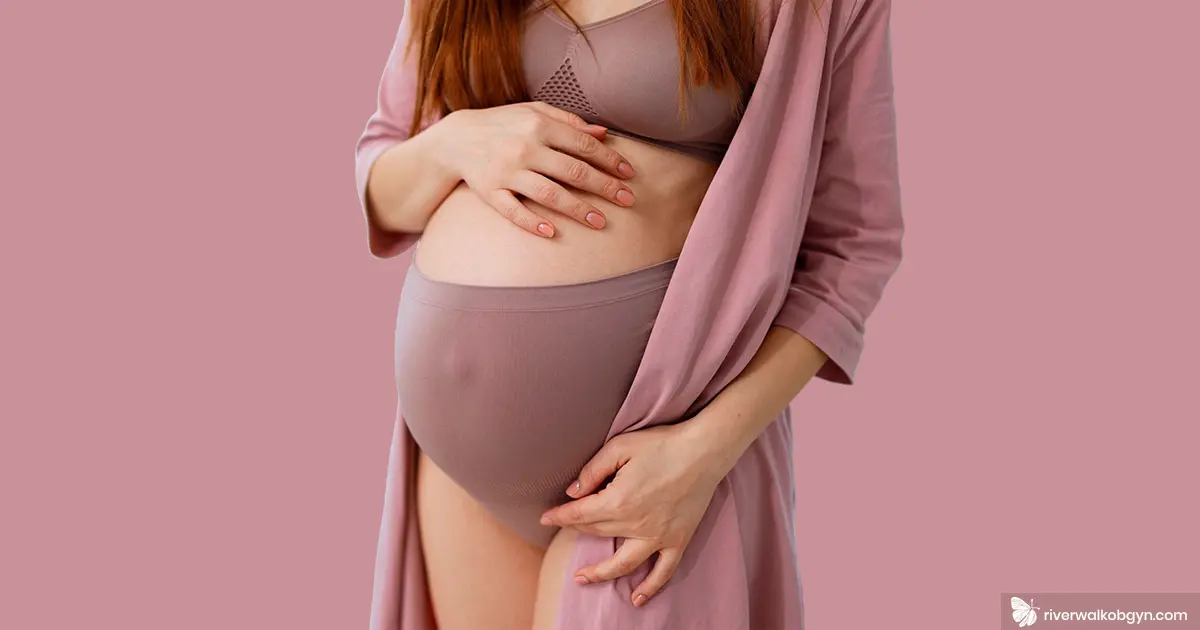Understanding the Different Stages of Labor and Delivery

Bringing a new life into the world is a remarkable journey. And understanding the different labor and delivery stages can help expectant parents feel more prepared and confident. This momentous occasion is a life-changing experience. But as with most things in life, knowledge is power, and knowing what to expect can provide comfort to expectant parents.
In general, labor is divided into stages, each with distinct expectations, signs, and durations. Understanding these stages is helpful in preparing you, decision making, and to effectively communicate with our trained OBGYN at every stage of the process.
What are the Labor and Delivery Stages?
There are three main stages of labor and delivery: early labor, active labor, and transition. The first stage of labor is the longest. Each stage involves unique processes that bring you closer to meeting your baby – when the real fun begins!
Stage 1: Early Labor, Active Labor, and Transition
- Early Labor. This phase begins when contractions start to become regular and mild. The cervix gradually dilates to about 3-4 cm, and the stage can last for hours or even days. Typically, it is often recommended that expectant mothers stay home and relax until contractions intensify.
- Active Labor. During this phase, contractions become stronger, more frequent, and longer. The cervix dilates from 4 cm to about 7 cm. Many women head to the hospital or birthing center at this point, and medical professionals closely monitor both the baby and the mother.
- Transition. The final part of the first stage is the most intense but usually the shortest. The cervix fully dilates to 10 cm, and contractions are at their peak. Women may experience nausea, pressure, and the urge to push as the baby moves into position for birth.
Signs of Early Labor
- Mild contractions, spaced 10-20 minutes apart
- Lower back discomfort or cramps
- Light spotting or the passing of the mucus plug
- Increased need to urinate due to baby’s position
Stage 2: Delivery of the Baby
The second stage begins when the cervix is fully dilated and ends with the birth of the baby. This stage can last anywhere from a few minutes to several hours. The mother pushes during contractions to help move the baby through the birth canal. With each contraction, the baby progresses until the head emerges, followed by the rest of the body. Obviously, this moment of birth is a joyful and emotional experience for parents as well as our OBGYNs.
Stage 3: Release of the Placenta
Third and final stage of labor occurs after the baby is born. The placenta, which provided oxygen and nutrients to the baby during pregnancy, must be delivered. This process typically takes a few minutes to half an hour. And the uterus continues to contract to help expel the placenta and minimize bleeding.
Post-Delivery: Recovery and Bonding
Although not considered one of the three main labor and delivery stages, the post-delivery phase is known as the “fourth stage”. It involves initial recovery and bonding with your baby. This period includes monitoring your health, controlling bleeding, and ensuring the baby’s temperature, breathing, and heart rate are stable.
Labor and Delivery Care in San Antonio, TX
Understanding the labor and delivery stages can empower you to approach birth with clarity and confidence. Each stage plays a vital role,leading you closer to the incredible moment of meeting your baby!
Communicating with Riverwalk OB-GYN, following their guidance, and trusting your body can help make this journey smoother and more fulfilling.
You may also enjoy reading: What Does Vaginal Atrophy Feel Like?




